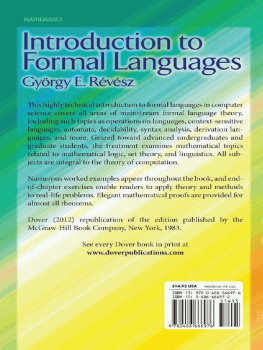Note
Safari Books Online (www.safaribooksonline.com) is an on-demand digital library that delivers expert content in both book and video form from the worlds leading authors in technology and business.
Technology professionals, software developers, web designers, and business and creative professionals use Safari Books Online as their primary resource for research, problem solving, learning, and certification training.
Safari Books Online offers a range of product mixes and pricing programs for organizations, government agencies, and individuals. Subscribers have access to thousands of books, training videos, and prepublication manuscripts in one fully searchable database from publishers like OReilly Media, Prentice Hall Professional, Addison-Wesley Professional, Microsoft Press, Sams, Que, Peachpit Press, Focal Press, Cisco Press, John Wiley & Sons, Syngress, Morgan Kaufmann, IBM Redbooks, Packt, Adobe Press, FT Press, Apress, Manning, New Riders, McGraw-Hill, Jones & Bartlett, Course Technology, and dozens more. For more information about Safari Books Online, please visit us online.
How to Contact Us
Please address comments and questions concerning this book to the publisher:
| OReilly Media, Inc. |
| 1005 Gravenstein Highway North |
| Sebastopol, CA 95472 |
| 800-998-9938 (in the United States or Canada) |
| 707-829-0515 (international or local) |
| 707-829-0104 (fax) |
We have a web page for this book, where we list errata, examples, and any additional information. You can access this page at http://oreil.ly/understanding-computation.
To comment or ask technical questions about this book, send email to .
For more information about our books, courses, conferences, and news, see our website at http://www.oreilly.com.
Find us on Facebook: http://facebook.com/oreilly
Follow us on Twitter: http://twitter.com/oreillymedia
Watch us on YouTube: http://www.youtube.com/oreillymedia
Acknowledgments
Im grateful for the hospitality of Go Free Range, who provided me with office space, friendly conversation, and tea throughout the writing of this book. Without their generous support, Id definitely have gone a bit Jack Torrance.
Thank you to James Adam, Paul Battley, James Coglan, Peter Fletcher, Chris Lowis, and Murray Steele for their feedback on early drafts, and to Gabriel Kerneis and Alex Stangl for their technical reviews. This book has been immeasurably improved by their thoughtful contributions. Id also like to thank Alan Mycroft from the University of Cambridge for all the knowledge and encouragement he supplied.
Many people from OReilly helped shepherd this project to completion, but Im especially grateful to Mike Loukides and Simon St.Laurent for their early enthusiasm and faith in the idea, to Nathan Jepson for his advice on how to turn the idea into an actual book, and to Sanders Kleinfeld for humoring my relentless quest for perfect syntax highlighting.
Thank you to my parents for giving an annoying child the means, motive, and opportunity to spend all his time mucking about with computers; and to Leila, for patiently reminding me, every time I forgot how the job should be done, to keep putting one damn word after another. I got there in the end.
Chapter 1. Just Enough Ruby
The code in this book is written in Ruby, a programming language that was designed to be simple, friendly, and fun. Ive chosen it because of its clarity and flexibility, but nothing in the book relies on special features of Ruby, so you should be able to translate the code examples into whatever language you preferespecially another dynamic language like Python or JavaScriptif that helps to make the ideas clearer.



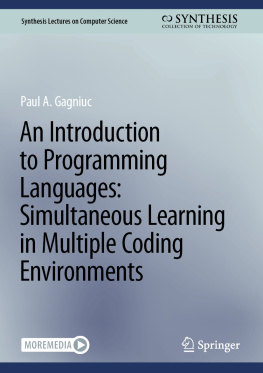
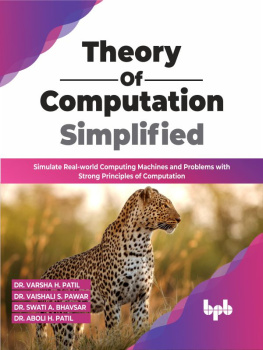
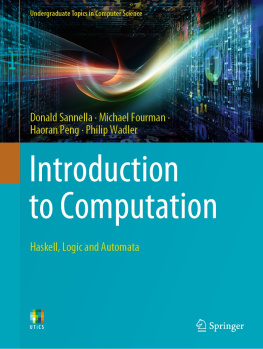

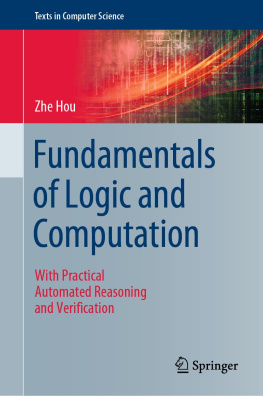
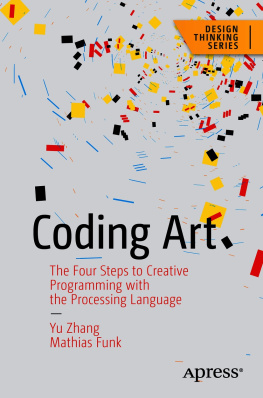

![Will Kurt [Will Kurt] - Get Programming with Haskell](/uploads/posts/book/116897/thumbs/will-kurt-will-kurt-get-programming-with-haskell.jpg)

